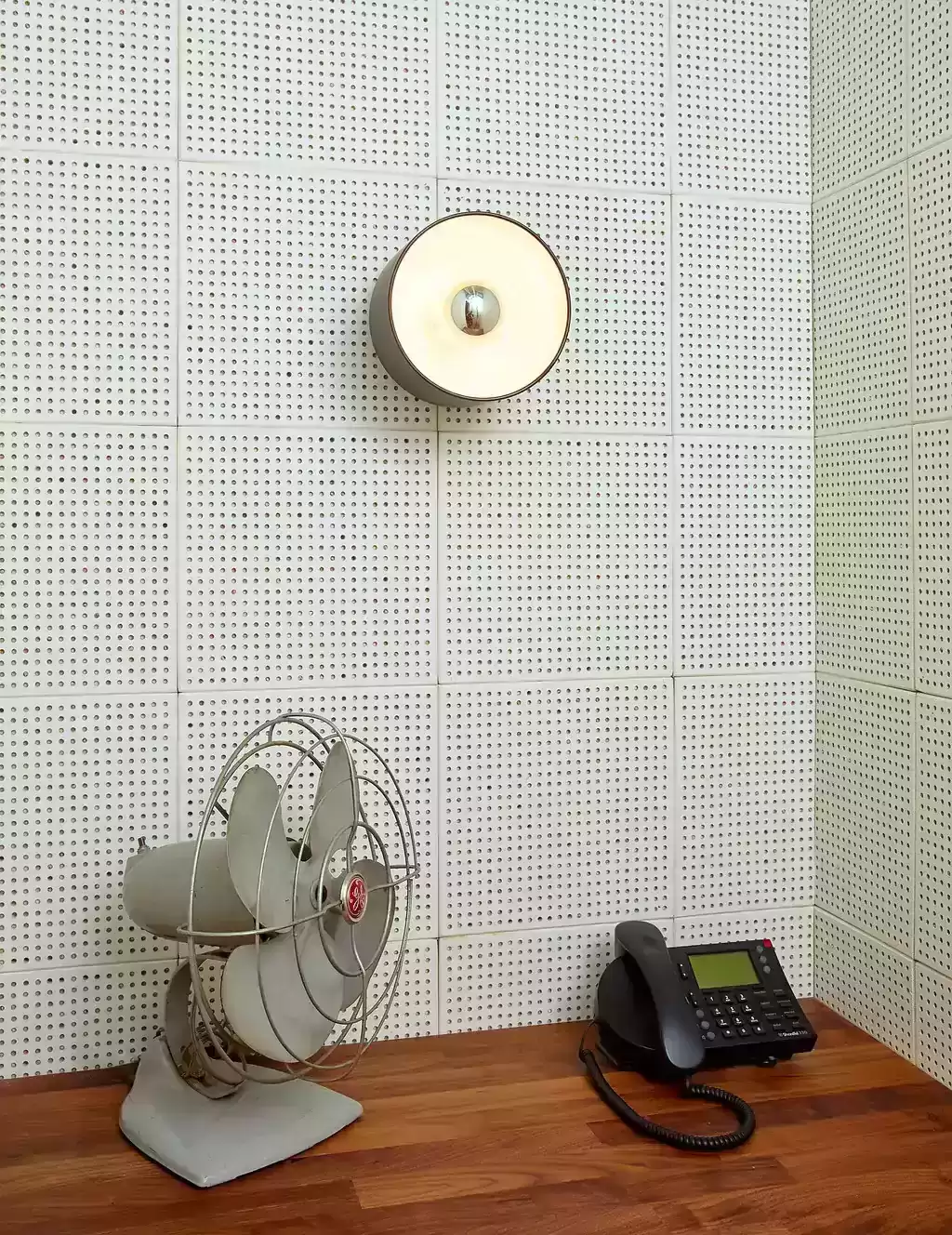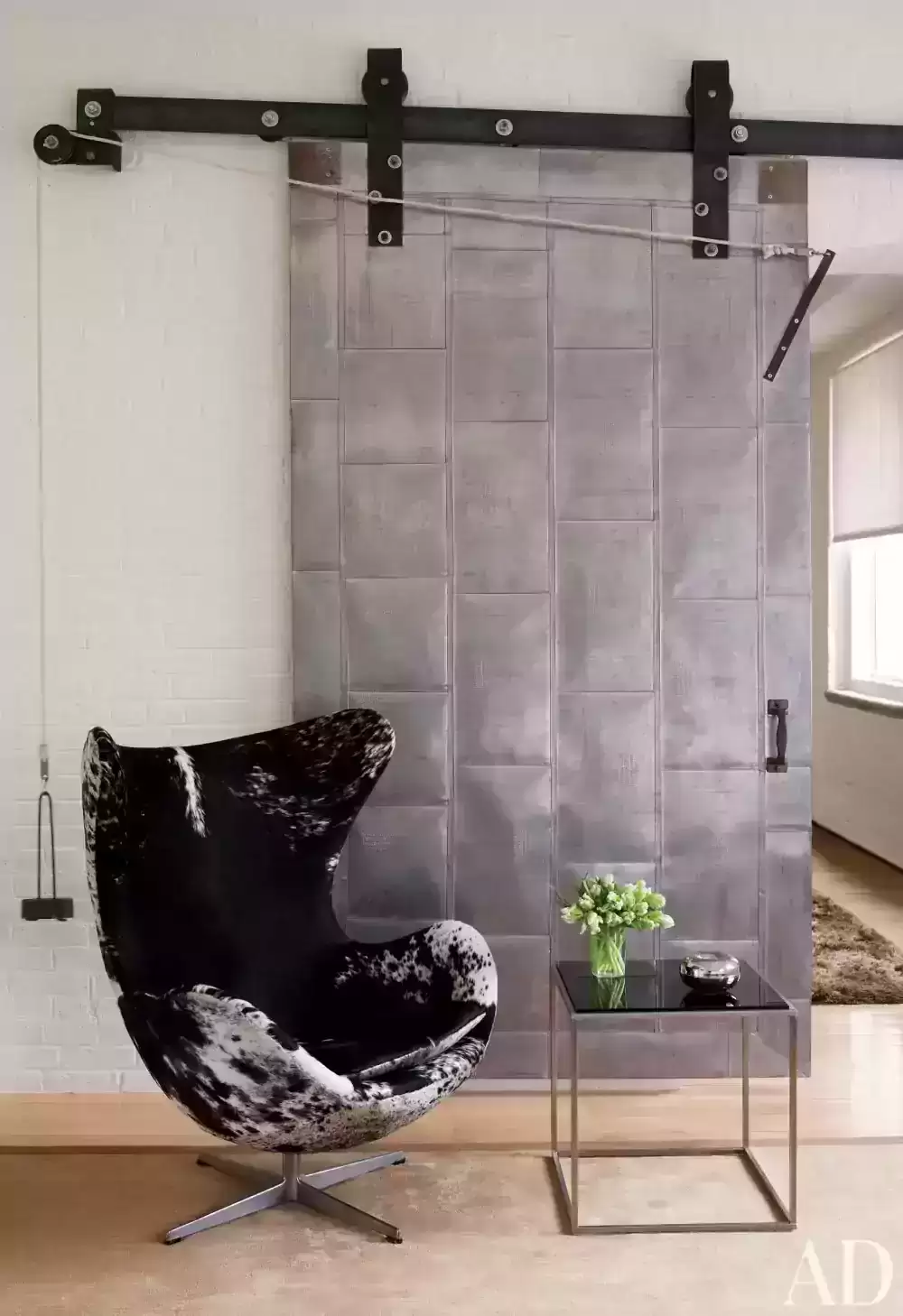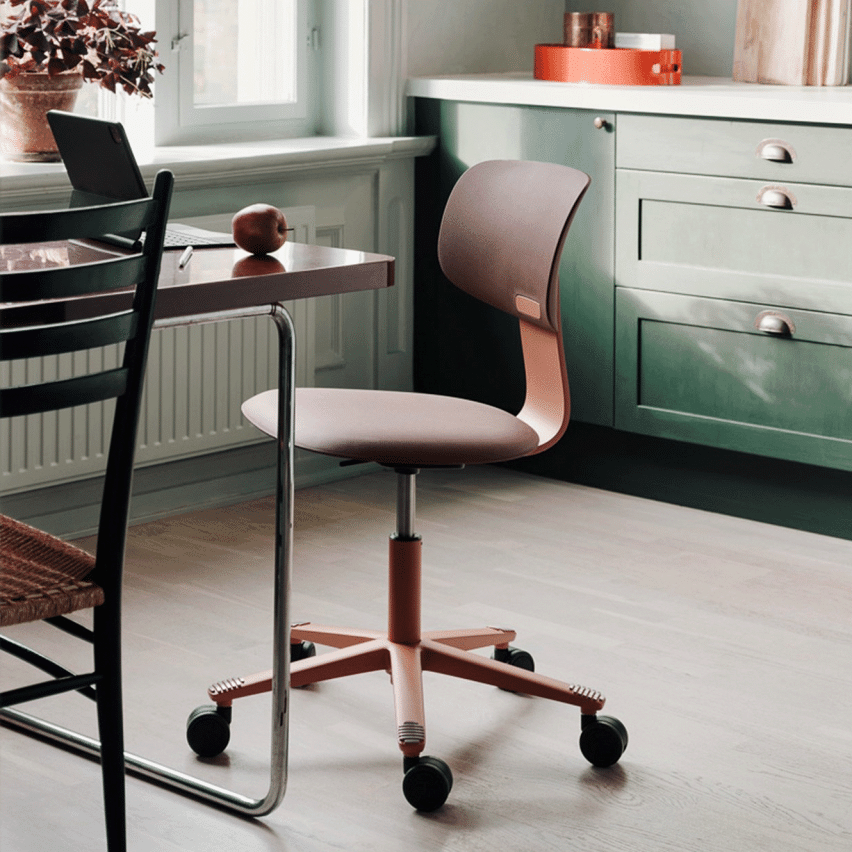Introduction to building materials in interior design

plywood
poured concrete

Acoustic tiles

wax

Cork

steel sheets
For more architectural news
Measurements and specifications of tiles and ceramics in interior design






Measurements and specifications of tiles and ceramics in interior design
I am an architectural journalist and publisher interested in highlighting and presenting interior design best practices to my audience. I am always looking for new stories and ideas that will inspire my readers and enhance their lives

Flooring is one of the big design decisions that can make or break the function (and aesthetic) of your room.While some rooms tend to lend themselves better to more obvious choices (like hardwood floors in the dining room or comfortable…

Architecture can have a significant impact on mental health, as the physical environment can affect our moods and emotions.And the way a space is designed and laid out can affect our stress levels, sense of well-being, and overall mental health.Poorly…

Facade designs and materials have been improvised in the past years to comply with fire safety regulations in the Middle East, façade materials must be suitably tested.Fire stopping is also very important to ensure the safety of buildings,correct product selection…

Modern Work Environment: The Need for Adaptability and FlexibilityAs many companies continue to adopt a hybrid work model, the urgent need for modern workspace design solutions that support this transition has emerged. These solutions must meet the needs of employees—whether…

31 July 2025 – Porto, PortugalPortugal has officially taken its first major step toward building a high-speed rail network, with the launch of construction on the initial phase of a new line connecting Porto and Lisbon. The project marks one…

Occupational safety and health challenges and solutions in contracting projects,Construction sites are dangerous places, and may carry some hazards, such as heavy construction equipment visible.But there are also hidden dangers of working in construction that, while not obvious, result in…